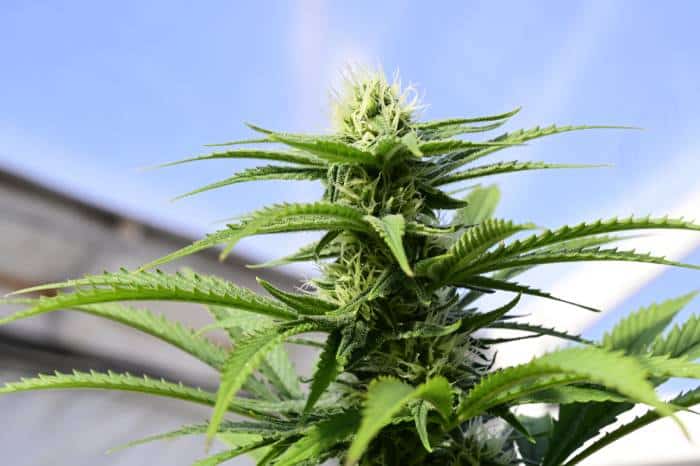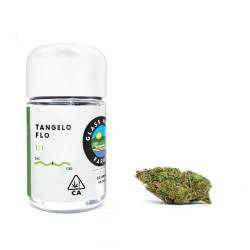It’s not quite worth its weight in gold, but there’s a cannabis rush going on in Oklahoma—for both patients and businesses—and there’s no sign of slowing down.
The number of active patients grew by more than 46,000 during the past year, representing a 14% increase to the current total of nearly 376,000 patients, according to a licensing report released by the Oklahoma Medical Marijuana Authority (OMMA) on Aug. 2. That means roughly 9.4% of the state’s population is actively registered in the medical cannabis program.
Also in the report, Oklahoma has 469 more licensed businesses than this time last year, bringing the active total to 12,598. That list includes 8,625 growers, 2,325 dispensaries and 1,523 processors, in addition to transporters, laboratories and other licensees.
“Oklahoma has one of the largest programs in the country,” the Marijuana Policy Project stated in a policy update released May 3. “Despite the pandemic, the medical cannabis market has been booming, and the Oklahoma Medical Marijuana Authority reports that the state collected over $127 million in state and local taxes from medical cannabis in 2020.”
After voters approved State Question 788 to legalized medical cannabis on June 26, 2018, Oklahoma became the quickest state in the nation to implement an effective medical cannabis law.
Less than two months following S.Q. 788’s passage, Oklahoma opened its application process for businesses and patients—OMMA received 366 patient applications and 205 commercial applications in the first hour of opening its portal. In all, 23 people were approved for medical cannabis licenses on the first day. The first sales began about a month after that.
While the state’s program has continued to grow under unlimited licenses, the Oklahoma Legislature recently passed a bill that would direct the OMMA to conduct on-site compliance inspections with medical cannabis dispensary, processor and grower licensees beginning Sept. 1. The purpose of the compliance directive is to ensure business licensees are actively operating or working toward operational status, according to the bill’s text. Upon expiration of a grace period, the OMMA can terminate any licenses if certain standards are not met.
In addition, the legislation, which Gov. Kevin Stitt approved May 18, also requires medical cannabis businesses to complete an ownership attestation—disclosing the existence of any foreign financial interests and the identity of such ownership, if applicable—with the Oklahoma Bureau of Narcotics and Dangerous Drugs (OBNDD) by Aug. 30. New licensees have 60 days to comply. Failure to do so will result in the loss of OMMA licenses.
To apply for a license in Oklahoma, 75% of the ownership must be held by someone who has lived in the state for a minimum of two years; however, illicit operations have emerged through a loophole—companies are hiring “ghost owners” to obtain licenses. That’s one reason some state lawmakers have drafted new regulations for the industry.
RELATED: Struggles With Illicit Cannabis Operations Affecting Local Growers
The House sponsor for Senate Bill 1033, Republican Rep. Scott Fetgatter backed the legislation because it allows the OBNDD and the OMMA to enter into agreements to hire more agents, he said in a press release. The governor approved the bill on May 28.
“In 2018, we bought the ticket and took the ride when it came to medical marijuana in Oklahoma,” Fetgatter said. “There weren’t many regulations and stakeholders on all sides of the issue have been looking for structure. This industry has blossomed over the past three years, and we have been working to make sure there are structures in place to regulate and help give guidance to those working within it. I’m proud that this session we were able to pass so many important pieces of legislation that do just that.”
Despite illegal operations, Oklahoma collected $90.7 million in medical cannabis taxes during the first seven months of 2021, including $12.6 million in July, according to OMMA. At that pace, Oklahoma will surpass $155 million of medical cannabis taxes collected this year—a 22% increase from 2020.
While Oklahoma was the 30th state to legalize medical cannabis in 2018, it now has one of the largest programs in the country. And it’s still growing.


